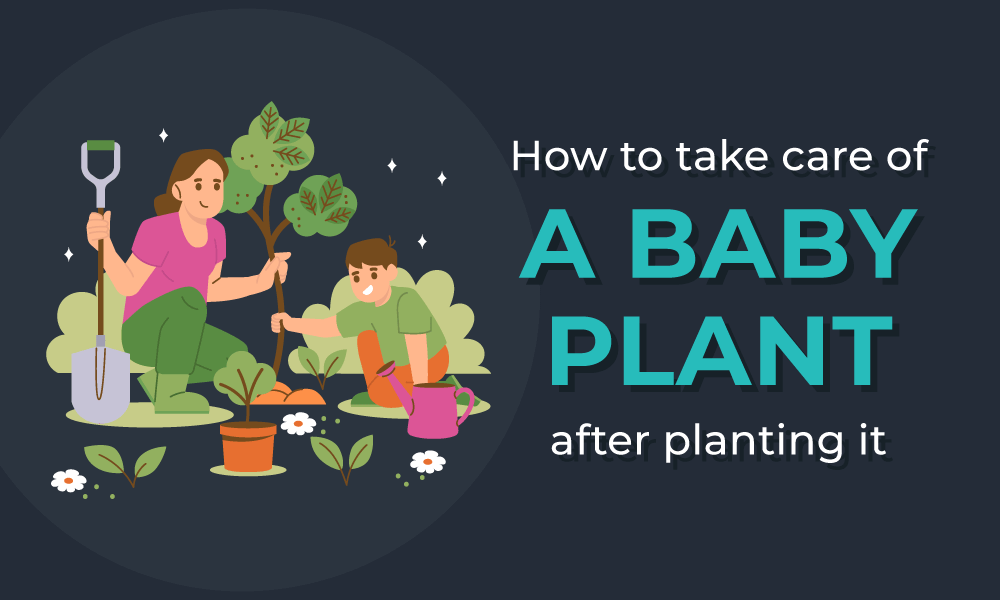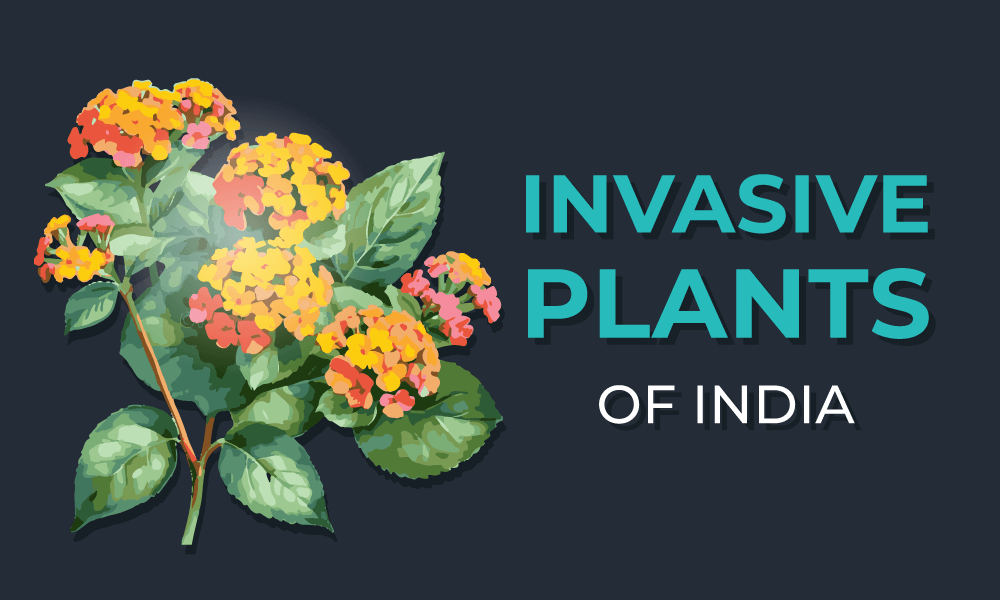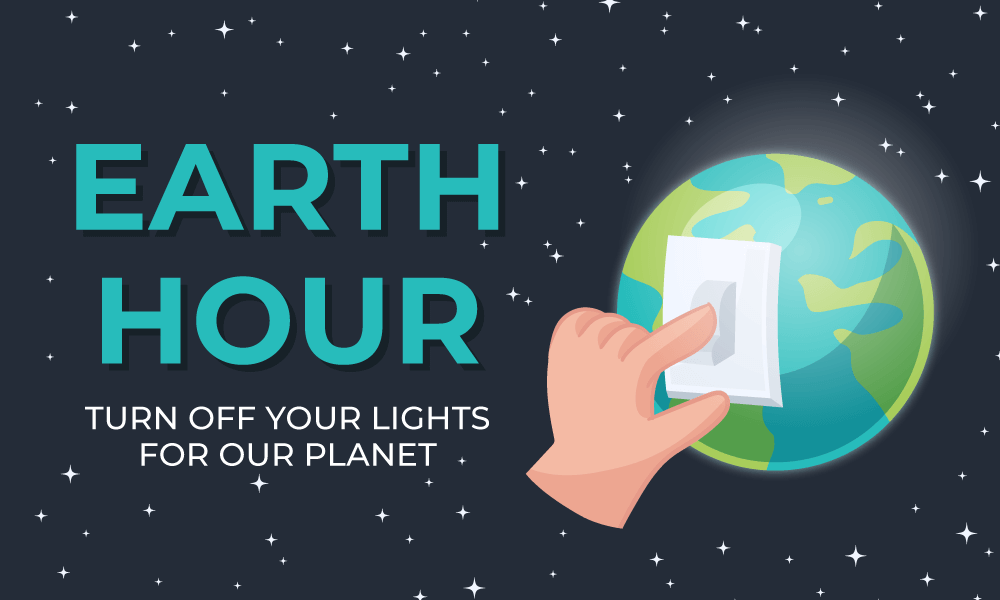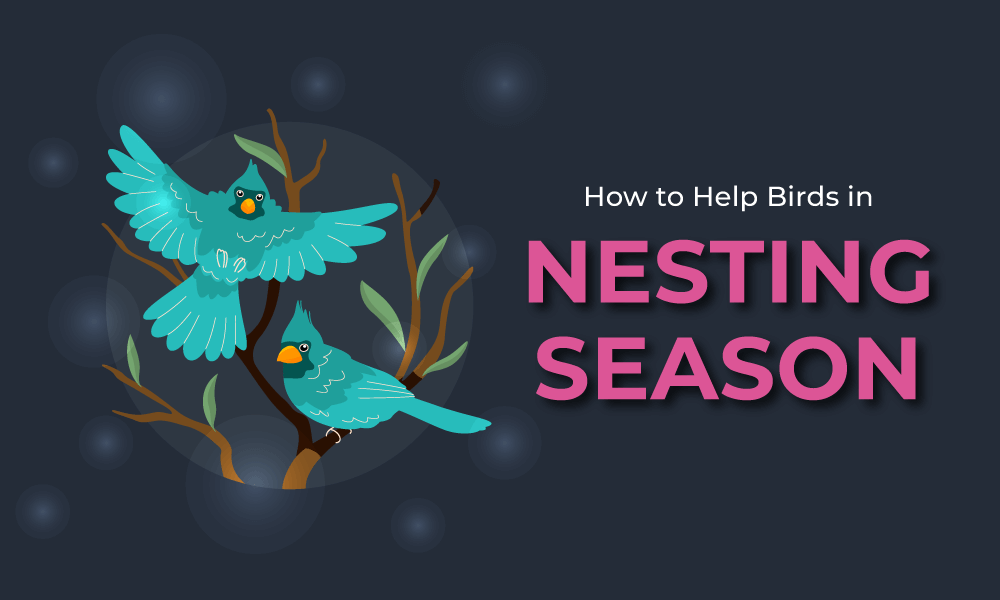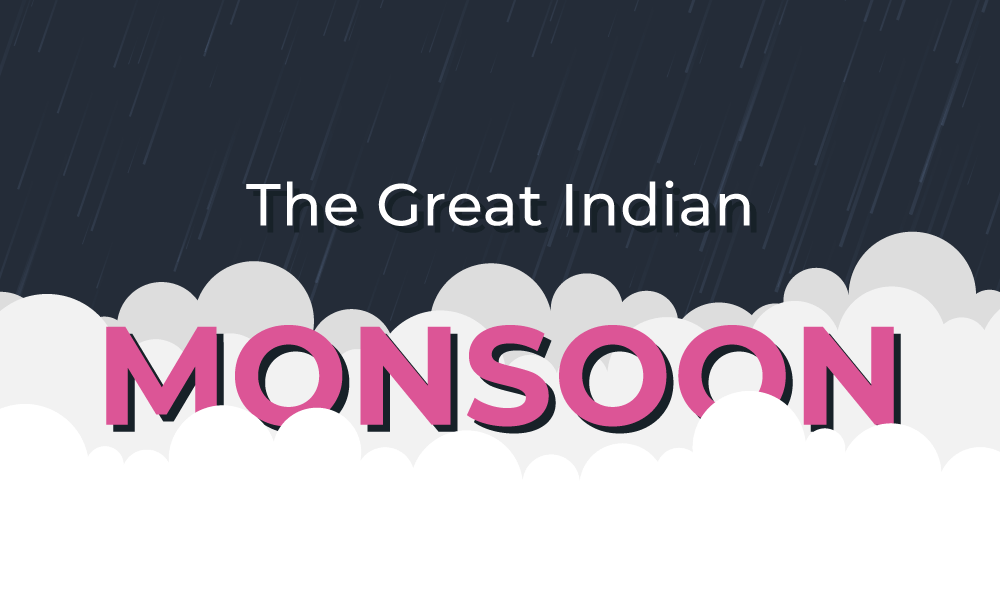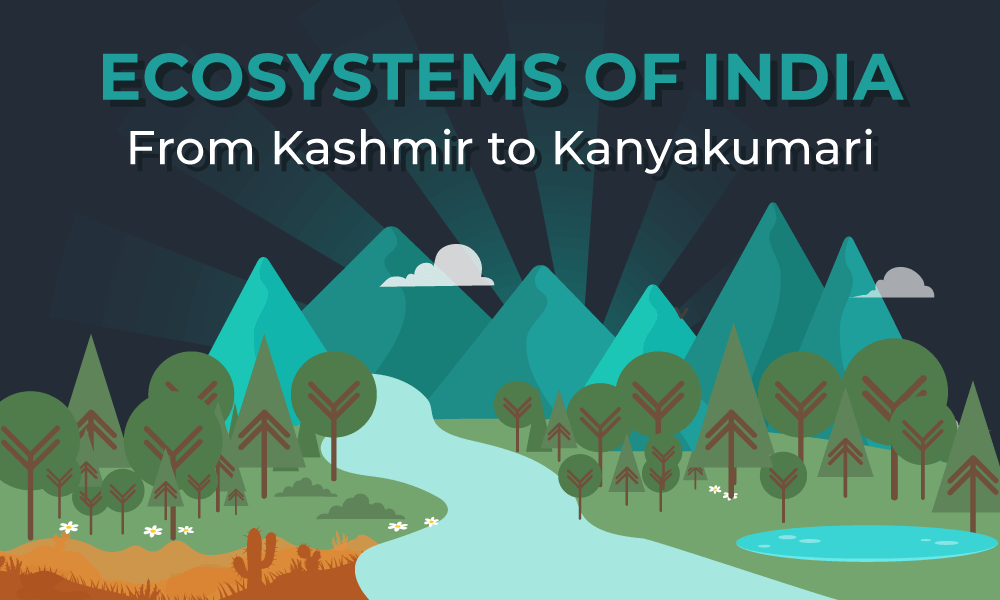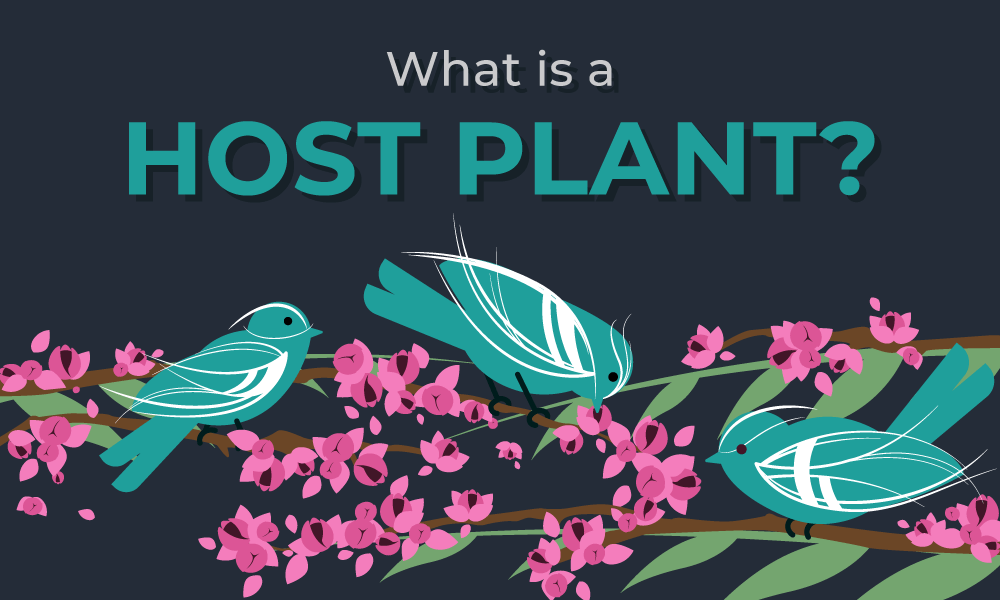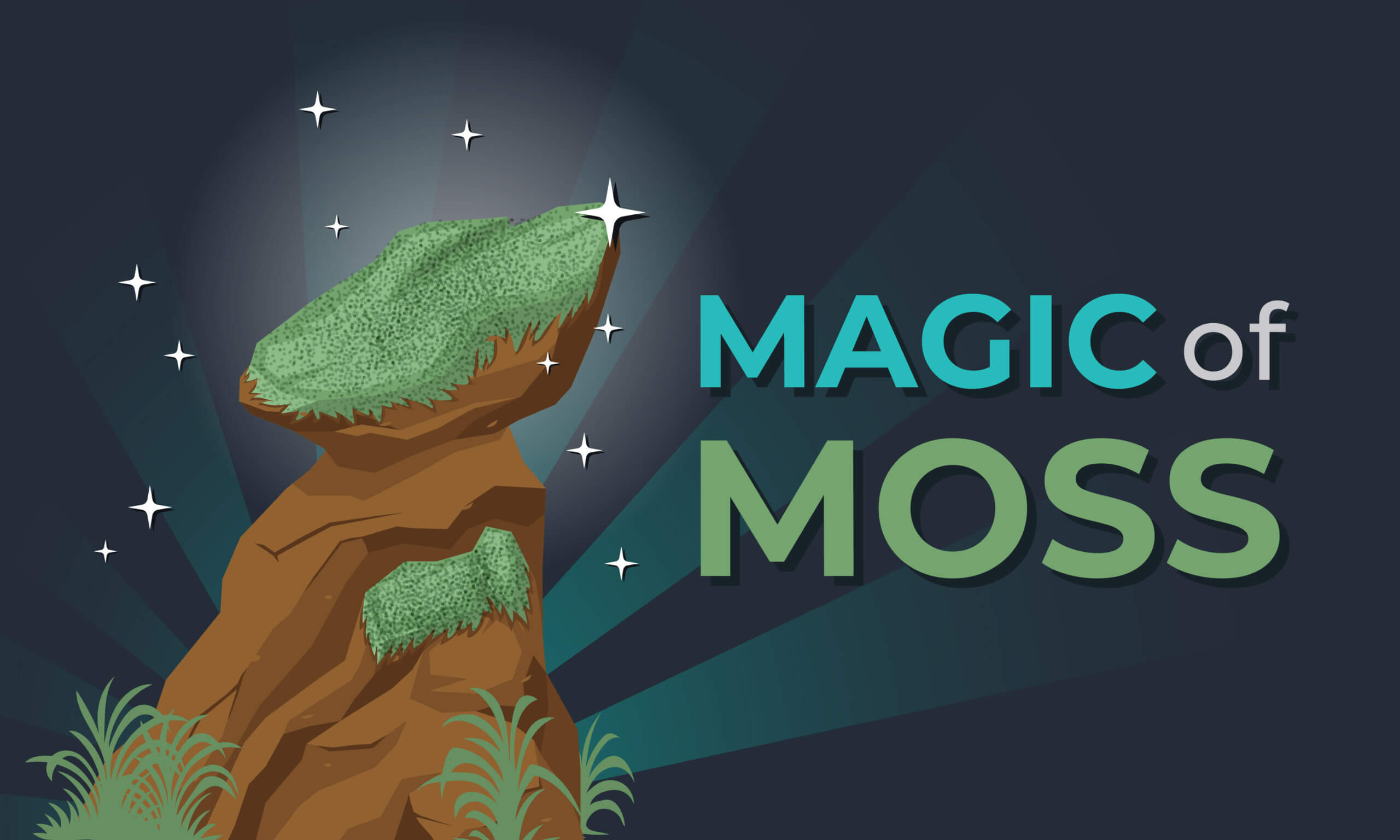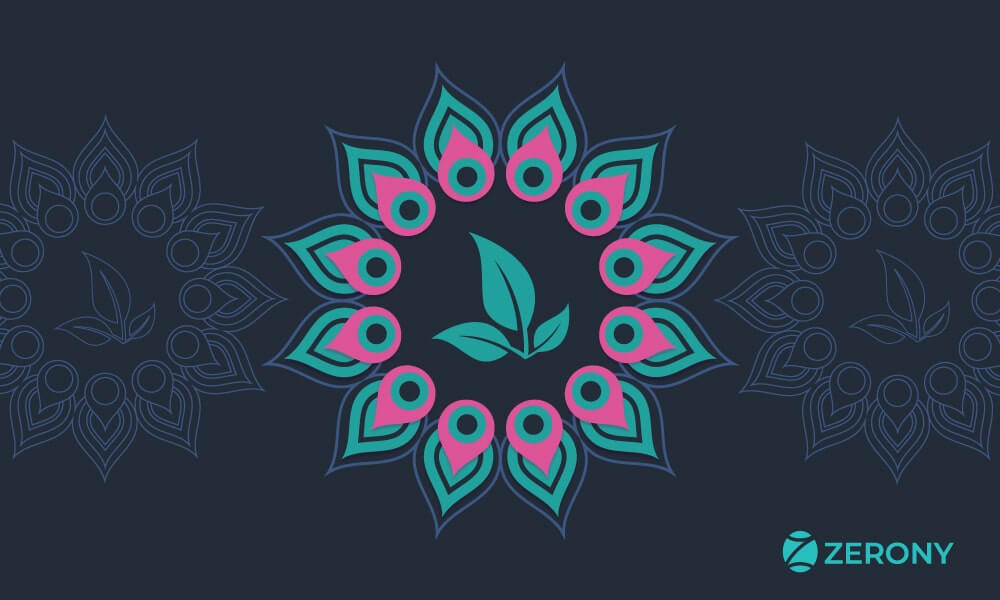Water is the flow of life on Earth. Without it, our planet would be a barren wasteland, incapable of supporting the diverse forms of life we see today. But how much water do we actually have? Where does it come from, and how do we use it? And more than that most important question, is how can we make sure that we don’t waste this precious resource? Let’s dive deep into the journey of water on our planet.
Where does water come from and where it goes?
First of all, there is water in almost every living thing on earth, from leaves to ants to oceans to clouds. Everywhere we can find traces of water. Earth has a huge amount of water, 70% of our planet is just made of water, but that does not mean that we will always have the water we can use.
Water goes from a cycle which we call the water cycle and it happens in 4 different stages,
Stage 1: Evaporation
The sun heats the water found in places such as lakes, rivers, or oceans, turning it into a water vapour or steam that rises into the air. More the heat more water will turn into water vapor.
Trees also do a process called Transpiration, when plants release water vapour through their leaves, which also contributes to evaporation. That’s why trees keep the environment cool because they take the water from the ground and release it into the air in it’s surroundings just like a water cooler.

Stage 2: Condensation
All the water that has been turning into Water vapour in the air now starts to rise in the sky, that’s how it cools down and turns back into liquid. This process is called condensation, These liquids then turn into tiny water droplets that create clouds.
Stage 3: Precipitation
We all knew that when there is a cloud in the sky it will going to rain and that is our next stage. Water droplets fall from the clouds as rain, snow, or hail. In this stage, all the water that has been in the sky will fall down to the ground.
Stage 4: Collection
Water is collected and stored in different areas. From rivers to lakes to oceans, it even reaches deep in the ground. This is the last stage and from there the water cycle restarts again. From there the sun starts to heat the water again and it gets in the sky again.
How Much Water There Is on Our Planet
Water covers more than 70% of the Earth’s surface and almost all of it-97% – is salt water. That makes water the main part of our planet’s identity. However, the distribution and how we use this water is very diverse.
Oceans (97.2%)
Most of Earth is saltwater in oceans. About 97% of Earth’s surface water is found in oceans. There are 5 oceans that surround continents.
The average depth of oceans is 2.7 kilometers so water volume is about 1,338,000,000 cubic kilometers. Oceans are the foundation of the water cycle.
Water moves continuously in nature in three stages: evaporation, condensation, and on the surface. Ocean currents are like giant conveyor belts moving huge amounts of water in every part of the ecosystem all the time.
Glaciers (2.1%)
About 2.1% of Earth’s water is in glaciers. Glaciers are the second largest thing that holds water, most of them are in Greenland and Antarctica. Currently, glaciers store about 24,060,000 cubic kilometres of water.
As temperatures rise, sea levels rise with it. This is because melting ice sheets and glaciers add to total water volume.
Groundwater (0.65%)
As a hidden source of water, we find groundwater everywhere. About 0.65% of the water on Earth is stored in groundwater.
There are two types of groundwater – saline and freshwater from groundwater. Fresh groundwater makes up about 45% of water in the ground. Whereas saline groundwater is about 55%.
Groundwater has more than 100 times the amount of freshwater than lakes and streams combined. In addition, groundwater is hard to get out of the ground, slow to recharge, and easily contaminated. That’s why groundwater is a delicate resource that we use as a rainy-day fund and draw in times of need.
Freshwater (0.017%)
Only 0.009% of water is stored in lakes. For example, the Great Lakes are sources of freshwater which consist of about 21% of freshwater lakes on Earth.
Even though rainwater washes minerals and salts into rivers and lakes, they are mostly freshwater. This is because their minerals get washed away and transported to an outlet in the nearest ocean. So unlike salty oceans, lakes, and rivers constantly have the minerals washed away.
Soil Moisture (0.005%)
Next, the soil is the uppermost layer that supports plant growth and agriculture. Soil moisture has only 0.005% of the global water distribution.
Soils are about half minerals, half-open space – all within the top few centimetres of the surface. It’s often mixed with organic material, sometimes called humus.
Soil texture describes particle size. For soil, it consists of sand, silt, and clay. Sand is the largest particle size. Silt is just sand, but smaller. Finally, clay has even smaller particles than silt.
Streams, wetlands, and swamps (0.001%)
Almost insignificant, streams, wetlands, and swamps hold only 0.001%. Finally, only 0.001% of water is in the form of vapour within the atmosphere or in living plants and animals.
For streams, everything upstream ends up downstream. Within a watershed, well-connected networks of tributaries catch precipitation in a watershed or catchment basin. They zig-zag all the way to a main body of water like a river or lake.
How We Use Water Almost Everywhere
The agriculture sector is the largest consumer of water in India, using around 70–80% of the country’s total water usage. This water comes from surface water like rivers, lakes and groundwater.
The second biggest industry which uses water is manufacturing industries like thermal power plants, heavy engineering, textile, pulp & paper, steel, sugar, fertilizer etc. This sector uses around 15% of the water in India.
The third user is domestic users which means people like you and me who use all the water in our homes and offices. This water is about 5% of the total water use in India.
What We Can Do to Save Water
Addressing the water crisis requires collective action and innovative solutions. Here are some practical steps we can take to conserve water:
- Regularly check for and repair leaks in faucets, pipes, and toilets.
- Install low-flow showerheads, faucets, and toilets to reduce water use.
- Take shorter showers.
- Turn off the tap while brushing your teeth or washing dishes.
- Use dishwashers and washing machines only with full loads.
- Collect and store rainwater for use in agriculture and households.
- Reuse wastewater from baths, sinks, and washing machines for irrigation and flushing toilets.
Read more : Do and don’ts for this monsoon season
If you have some suggestion on which we should write or you have any query and something else you can contact us. Please do share this blog with your family, friends, and others so they can all learn Water on planet earth.





























